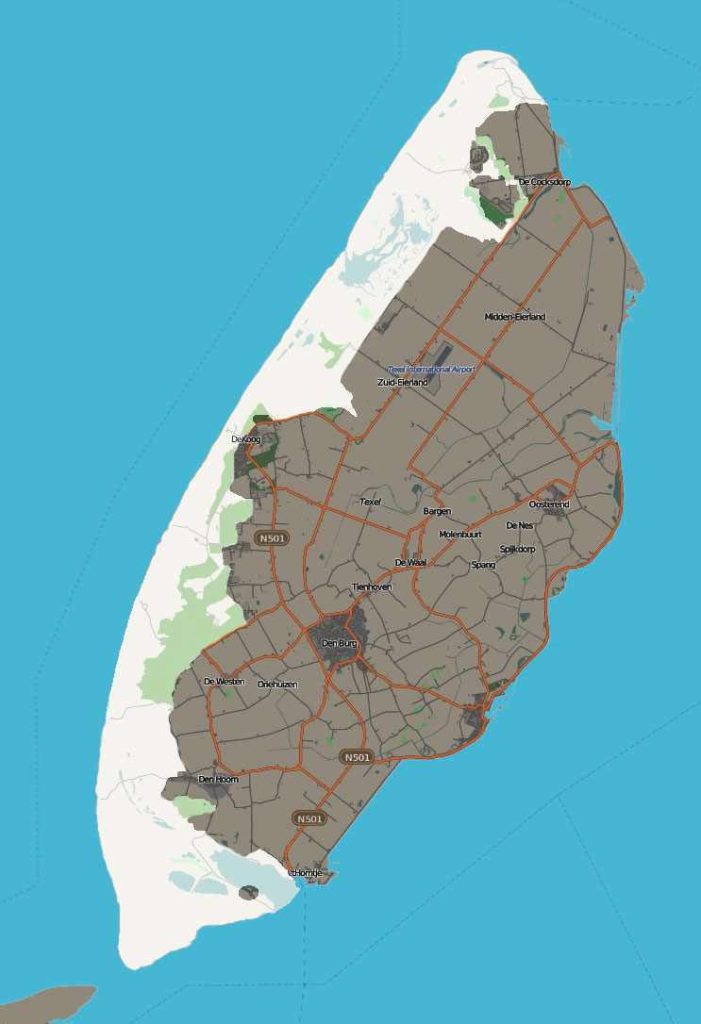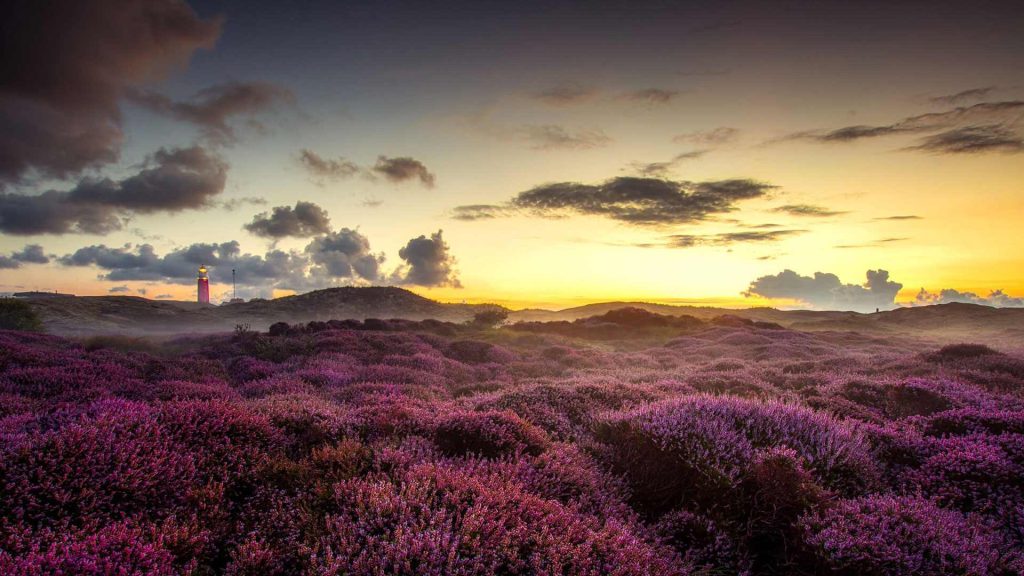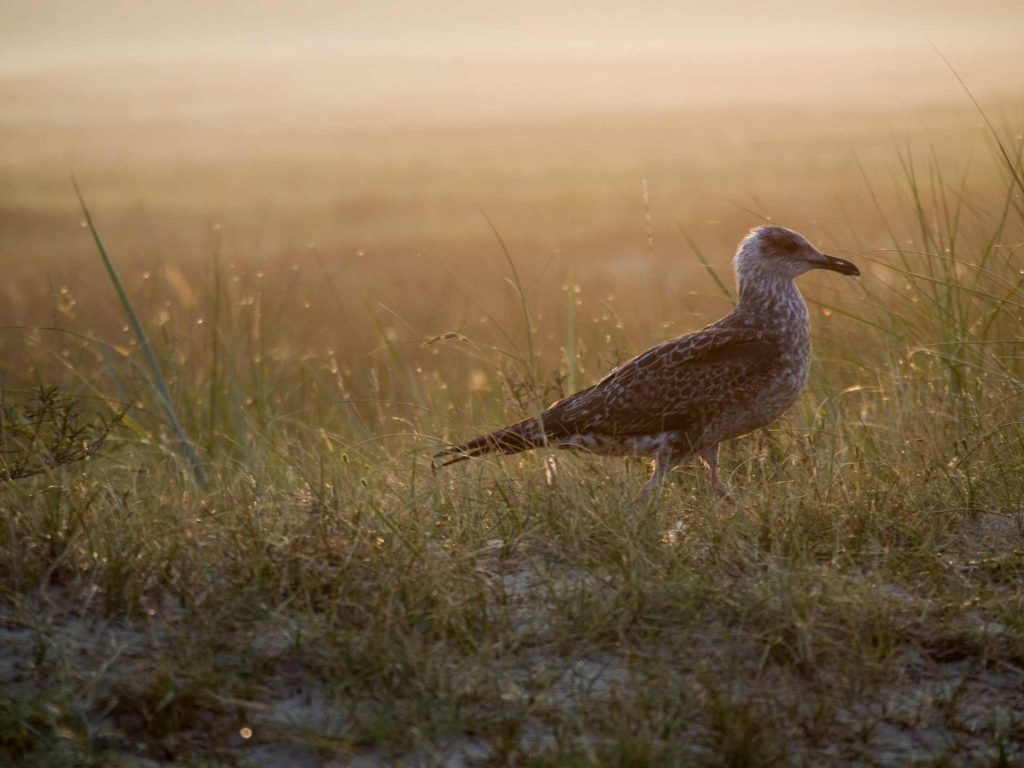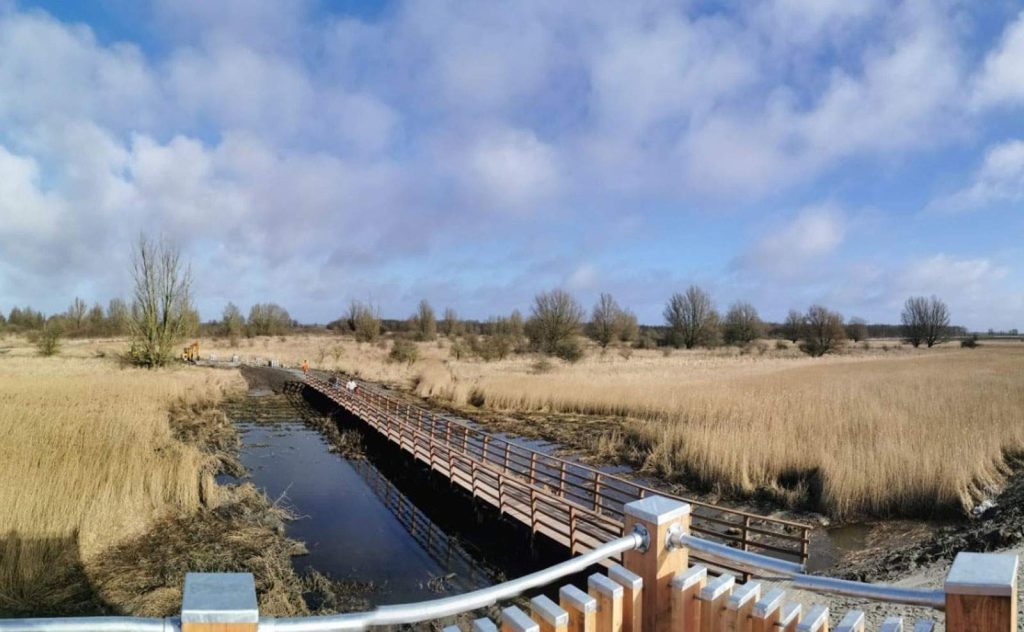Discover a unique island in the Netherlands, where coastal dunes, forests, and marshes come together to create an unparalleled natural haven. The Dunes of Texel National Park, locally known as Nationaal Park Duinen van Texel, is a destination for nature enthusiasts, hikers, and those seeking relaxation in a diverse setting. This guide will provide everything you need to plan an unforgettable visit.
Content
- 1 About Dunes of Texel National Park
- 2 How to Get to Dunes of Texel National Park
- 3 Geography of Dunes of Texel National Park
- 4 Flora of Dunes of Texel National Park
- 5 Fauna of Dunes of Texel National Park
- 6 Recommended Excursions and Activities
- 7 What to See and Do in Dunes of Texel National Park
- 8 Historic Villages on Texel
- 9 Texel Gastronomy
About Dunes of Texel National Park
History
Dunes of Texel National Park was established in 2002 to protect the natural areas of Texel Island. For centuries, the dunes have played a crucial role as a natural barrier against the tides of the North Sea, and their ecological importance has been recognized over time. The park combines conservation efforts with opportunities for sustainable tourism.
Location
Located on Texel Island in the northern Netherlands, the park stretches along the island’s western coast, at the geographical coordinates 53°8′N 4°48′E. It is accessible via a short ferry ride from Den Helder, making it an ideal destination for a weekend getaway.
Best Time to Visit Dunes of Texel
Spring and summer are perfect for enjoying the park, with wildflowers in full bloom and pleasant temperatures. Autumn offers spectacular views with the arrival of migratory birds, while winter provides a peaceful and less crowded landscape.
How to Get to Dunes of Texel National Park
From Amsterdam
Take a train from Amsterdam Central Station to Den Helder. From there, a ferry will take you to Texel, followed by a short bus or bike ride to the park.
From Utrecht
Travel by train to Den Helder, where you can board the ferry to Texel. The journey is straightforward and well-connected.
From Rotterdam
The most convenient route is to take a train to Den Helder, where you can cross to Texel by ferry. Public transportation services are regular and reliable.
From Den Helder
The ferry to Texel departs frequently, and the journey takes about 20 minutes. Once on Texel, the park is easily accessible.
Geography of Dunes of Texel National Park
The park encompasses coastal dunes, forests, marshes, and open areas, creating a mosaic of unique habitats. The dunes act as a natural shield against the North Sea, while the marshes and forests provide shelter for diverse flora and fauna.
The park is divided into the following areas:
- De Hors
- De Geul
- De Mok or Mokbaai
- De Bollekarmer
- De Westerduinen
- De Dennen
- Het Duinpark
- Californië-bos
- De Seetingsnollen
- Kogerstrand Camping
- De Muy
- Het Slufter
- De Haneplas
- Krimbos
- Duinen van Eijerland
- Robbejager Camping
Flora of Dunes of Texel National Park
The park hosts a rich variety of plants, from grasses and mosses in the dunes to orchids and shrubs in wetter areas. During spring, wildflowers add a splash of color to the landscape.
From coastal dunes to marshlands, each ecosystem has its characteristic vegetation.
Vegetation in Texel’s Dunes
Unique plants, such as grass-of-Parnassus, early marsh orchids, marsh helleborine, and marram grass, thrive in this special environment. The age of the dunes plays a crucial role in their flora composition. Younger dunes near the coast contain more lime, supporting species like marram grass. In contrast, older dunes farther inland lack lime due to rainwater dissolution, creating ideal conditions for various heathers.
The Slufter Area
One of the park’s highlights is the vast natural area of Slufter, where a gap in the dune row allows seawater to flow into a plain. This phenomenon has created a unique ecosystem of salt-tolerant flora, including sea lavender, thrift, sea purslane, and annual seablite. This area contrasts beautifully with the rest of the park and is a perfect spot for nature lovers.
Wildflowers in Spring
In spring, wildflowers bloom throughout the park, adding a vibrant touch of color to the scenery. This season is ideal for exploring the park, as the combination of dune flowers and plants in wetland areas creates a captivating visual experience for visitors.
Fauna of Dunes of Texel National Park
This park is a paradise for birdwatchers, with species such as plovers, curlews, and larks. Additionally, it is home to mammals like foxes and rabbits, while its coast attracts both gray and harbor seals.
A Birdwatcher’s Paradise
Texel is known as a true "bird island", thanks to the wealth of species inhabiting its dunes. Each year, around 80 species breed in the park, including rare ones like the spoonbill, common tern, and short-eared owl. Common species include the lesser black-backed gull and plovers. During migrations, the park becomes a key resting and feeding area for tens of thousands of birds, solidifying its importance for international avifauna.
Mammals and Other Inhabitants
Due to the island’s isolated location, the number of mammal species on Texel is limited but diverse. Highlights include foxes, stoats, hares, and rabbits, as well as small rodents like brown rats, root voles, and various mouse species. Hedgehogs and some bat species, particularly the serotine, also inhabit the park. Though discreet, this variety of mammals enriches the park’s ecosystem.
Coastal Fauna and Amphibians
The park’s coast is known for attracting gray and harbor seals, which can often be seen resting on the beaches or swimming in nearby waters. As for amphibians, Texel hosts species such as the common frog, moor frog, natterjack toad, and smooth newt, which find refuge in the park’s wetlands and marshy areas.
With its diverse wildlife, Dunes of Texel National Park offers visitors a unique opportunity to connect with nature in all its forms.
Recommended Excursions and Activities
Dunes of Texel National Park offers numerous options for visitors:
- Hiking through the dunes: Enjoy well-marked trails that take you through diverse landscapes.
- Birdwatching: Visit observation points and enjoy the park’s rich avifauna.
- Bike tours: Explore the island by bike and enjoy its panoramic views.
- Guided walks: Learn more about the local flora and fauna with nature experts.
What to See and Do in Dunes of Texel National Park
Eierland Dunes
Some of the tallest dunes on Texel, perfect for those seeking spectacular views of the park and the sea.
De Hors Beach
An area of pristine beaches, ideal for quiet walks and enjoying the serene surroundings.
Dennenbos Forest
An excellent spot for families, with easy trails and picnic areas surrounded by nature.
Waal en Burg Marshlands
This unique ecosystem is home to waterbirds and rich vegetation.
Texel Lighthouse
The island’s iconic lighthouse offers spectacular panoramic views and a great photo opportunity.
Birdwatching Stations
Equipped with detailed information, they are perfect for birdwatching enthusiasts.
Ecomare Visitor Center
A place to learn about Texel’s marine life and conservation efforts, featuring interactive exhibits and seal rescues.
Water Activities and Outdoor Sports
From kayaking to surfing, the park offers activities for adventurers seeking dynamic experiences.
Historic Villages on Texel
De Koog
A charming village near the park, perfect for enjoying local restaurants and shops.
Den Burg
Texel’s main village, featuring a weekly market and picturesque architecture.
Oudeschild
Known for its harbor and fishing history, this village is ideal for enjoying fresh seafood.
Texel Gastronomy
Texel’s gastronomy reflects its connection to the sea and land:
- Local dishes with Texel lamb: A delicacy that highlights the unique flavor of local meat.
- Fresh seafood: Delights like oysters, mussels, and fresh fish.
- Texel craft beers: Locally brewed, they pair perfectly with any meal.
- Island cheeses: Renowned for their quality and flavor.





